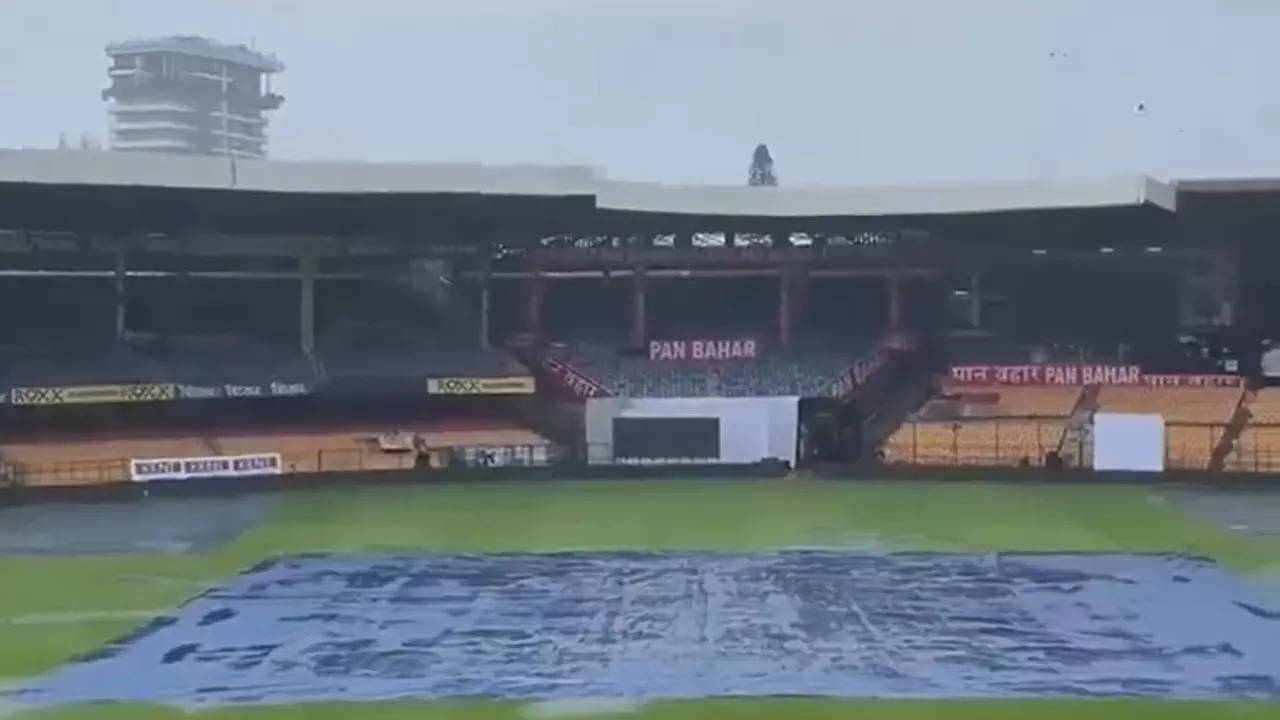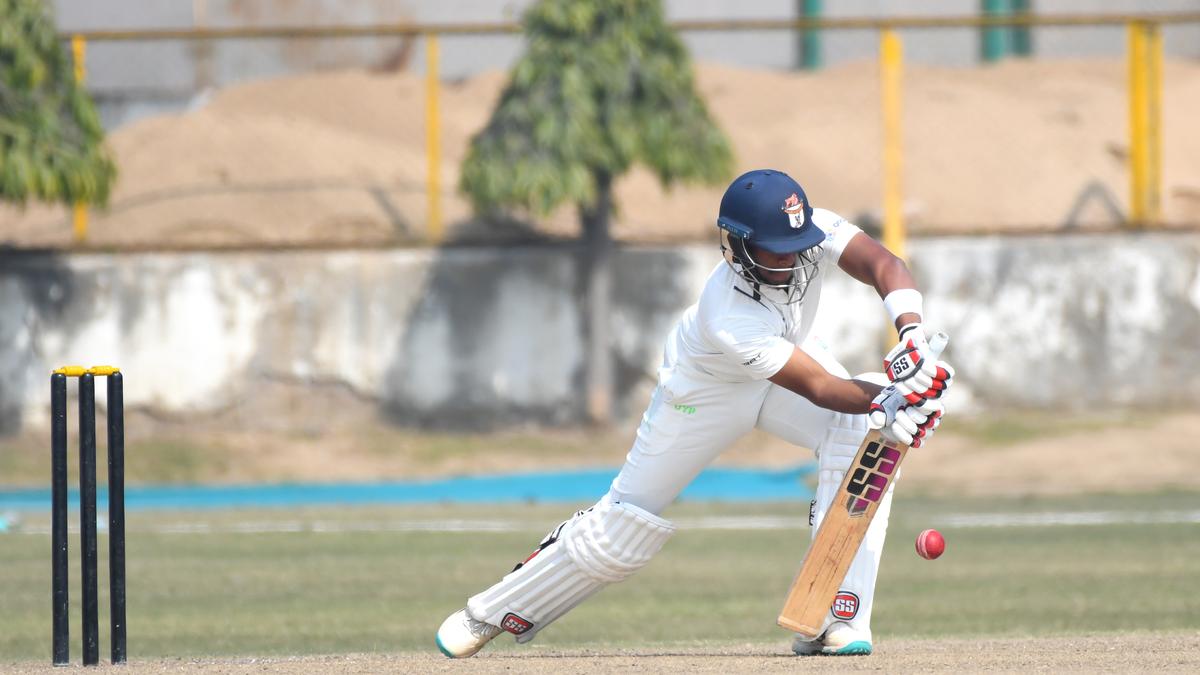Bengaluru’s SubAir System Poised to Play Crucial Role in India-New Zealand Test
Bengaluru’s M Chinnaswamy Stadium is bracing for a potential weather battle as the first Test between India and New Zealand looms on Wednesday. Persistent rain has already delayed the toss, but the venue’s state-of-the-art drainage system, known as the “SubAir” system, stands ready to mitigate the impact of further downpours.
The SubAir system serves two vital functions: water drainage and aeration. By facilitating proper air circulation within the soil, it promotes the health and vitality of the grass. The system can seamlessly switch between drainage and aeration modes, adapting to the specific requirements of the moment.
During rainfall, the SubAir system swiftly activates its drainage mode, efficiently removing excess water from the surface. This rapid drainage capability ensures that the grass remains in optimal condition, preventing waterlogging and associated issues that could compromise the quality of the turf.
The SubAir system was reportedly introduced at the venue in 2017 and has proven its effectiveness in ensuring timely resumption of play after rainfall. It can reportedly get the ground ready for play within half an hour after the rain stops.
Both India and New Zealand will be eager to get the match underway. India seeks to consolidate their position atop the World Test Championships Table, while New Zealand, the inaugural edition’s champions, needs victories to keep their slim chances of finishing in the top two alive.
The SubAir system will play a pivotal role in determining the outcome of the series opener. If the weather relents and there is no further rain, the system will ensure that the match can proceed as scheduled. However, if the rain persists, the system’s ability to rapidly drain excess water will be crucial in minimizing the impact on the game.






